How Many Grapes Can a Dog Eat Safely?
When it comes to sharing snacks with your furry friends, you might wonder just how many grapes your dog can safely eat. Grapes, while juicy and delicious for humans, do not have the same benefits for dogs. In fact, grapes can be quite harmful to your four-legged companions. Understanding the risks involved is vital for every pet owner.
First and foremost, it’s essential to recognize that grapes and raisins (dried grapes) are toxic to dogs. Research has shown that there is no specific amount that is considered safe. Even a small quantity can put your dog at risk. Cases of grape toxicity in dogs vary, with some dogs showing severe reactions after ingesting just a few grapes, while others may eat larger amounts without immediate signs of distress. Because of this unpredictability, it’s best to refrain from giving grapes to your dog altogether.
One of the major concerns when dogs consume grapes is the potential for acute kidney failure. This may not happen right away, but can occur within 24 hours of consumption. Symptoms of grape toxicity can include:
- Vomiting
- Diarrhea
- Lethargy
- Loss of appetite
- Abdominal pain
- Increased thirst and urination
If your dog exhibits any of these symptoms after consuming grapes, or if you suspect they have eaten grapes, it is crucial to contact your veterinarian immediately. Early intervention can be lifesaving.
There’s also a debate among veterinarians and pet owners about whether some dog breeds are more susceptible to grape toxicity than others. However, it’s safer to err on the side of caution. Since there is no established safe amount, it’s best to avoid feeding grapes entirely. Other fruits that are safer for dogs include:
- Apples (remove seeds and core)
- Blueberries
- Strawberries
- Watermelon (seedless and rind removed)
- Bananas
These fruits not only offer more health benefits for dogs, but they are also easier to feed in moderation without the associated risks that grapes bring.
In case you are looking for a refreshing treat for your dog, it’s best to stick with these alternatives. Fruits like apples and blueberries provide antioxidants and vitamins, which can contribute positively to your pet’s health. It’s important to introduce any new treatment gradually and in small amounts to monitor any adverse reactions.
Aside from avoiding grapes, educating others is also part of keeping your dog safe. Be sure to communicate the dangers of feeding grapes and raisins to friends and family members, especially those who may watch your dog while you are away. An informed pet owner is an empowered pet owner.
For expert guidance, check out resources from veterinary organizations such as [ASPCA](https://www.aspca.org) or [VCA Hospitals](https://vcahospitals.com/). These websites offer valuable insights and information regarding pet safety and healthy dietary choices for dogs.
| Safe Fruits for Dogs | Nutritional Benefits |
|---|---|
| Apples | High in fiber and vitamin C |
| Blueberries | Loaded with antioxidants |
| Strawberries | Rich in vitamins, fiber, and water |
| Watermelon | Hydrating and low in calories |
| Bananas | Good source of potassium |
Maintaining a diet that is safe for your dog is critical for their overall well-being. When considering what treats to give, it’s always best to stick with known safe options. Grapes should be avoided at all costs, as it’s not worth risking your pet’s health for the sake of a snack. Remember, keeping your dog healthy and safe is the top priority!
The Risks of Dogs Eating Grapes: What You Need to Know
Many dog owners may wonder about the safety of letting their furry friends munch on grapes. Unfortunately, grapes pose serious health risks for dogs, and understanding these dangers is crucial for every pet parent.
When dogs ingest grapes, they can experience a toxic reaction that can lead to acute kidney failure. The exact reason why grapes are harmful to dogs is not yet fully understood, but research indicates that even small amounts can trigger serious health issues. Therefore, it’s essential to be aware of the potential consequences and how to prevent your pet from eating grapes in the first place.
The Symptoms of Grapes Poisoning in Dogs
If a dog eats grapes, it may show various symptoms within hours or even a day later. Here are some common signs to look out for:
- Vomiting
- Diarrhea
- Loss of appetite
- Fatigue
- Abdominal pain
- Increased thirst and urination
- Weakness
If you notice any of these symptoms after your dog ingests grapes or raisins, it’s critical to act quickly. Contact your veterinarian immediately for guidance.
How Many Grapes are Dangerous for Dogs?
The risk level varies from dog to dog, and there isn’t a specific number of grapes that can be considered safe. While some dogs may consume a few grapes and exhibit no immediate symptoms, others could face severe consequences from even a small quantity. It’s essential to treat all grape ingestion as a serious matter.
Many factors influence how a dog reacts to grapes:
- Size and Breed: Smaller dogs may be more susceptible to grape toxicity than larger dogs.
- Health Conditions: Dogs with underlying health issues may have a higher risk of adverse effects.
- Age: Puppies may be more vulnerable due to their developing bodies.
Immediate Actions to Take if Your Dog Eats Grapes
Time is of the essence if you suspect your dog has ingested grapes. Take these steps:
- Call your veterinarian or an emergency pet poison hotline.
- Provide details about your dog’s size, age, and the amount of grapes consumed.
- Follow the professional’s advice on inducing vomiting or bringing your dog in for treatment.
Preventive Measures to Keep Your Dog Safe
The best way to protect your canine companion is to prevent access to grapes altogether. Here are some proactive steps you can take:
- Keep grapes and raisins out of reach by storing them in safe locations.
- Educate your family and visitors about the dangers of grapes for dogs.
- Use dog-friendly treats or fruits, such as apples or blueberries, as healthy alternatives.
Being proactive is an essential aspect of responsible dog ownership. By understanding the risks associated with grapes, you can ensure your pet’s safety at all times.
Resources and Further Reading
For more information on this topic, consider visiting these trusted websites:
Grapes are not safe for dogs to consume, and even a small amount can be harmful. Ensuring your dog’s environment is grape-free and spreading awareness among friends and family can help protect your beloved pet. Always consult your veterinarian for advice tailored to your dog’s specific needs.
Alternative Fruits for Dogs: Healthy Options to Consider
When it comes to feeding your furry friends, choosing the right fruits can offer a delightful treat while being healthy at the same time. Some fruits are safe for dogs, and they can serve as nutritious alternatives to conventional pet snacks. Here’s a look at several fruit options that you can consider.
Apples
Apples are a fantastic source of vitamins A and C, plus fiber! They make for a crunchy treat that dogs tend to enjoy.
- Always core the apple and remove seeds, as they can be harmful.
- Cut apples into bite-sized pieces for easy munching.
Blueberries
Blueberries are packed with antioxidants and vitamins. They are not only good for dogs, but they also can help with memory and brain health!
- Fresh or frozen blueberries can serve as a refreshing snack.
- They are small and easy for dogs to eat without choking hazards.
Watermelon
Watermelon is perfect for hot days! It contains vitamins A, B6, and C, and it’s great for hydration. Just be sure to remove the seeds and rind.
- Cut watermelon into small, manageable pieces.
- Be cautious of the quantity to avoid any digestive issues.
Bananas
Bananas are a popular fruit among dogs. They are rich in potassium, vitamins, and biotin, which can benefit your dog’s health.
- Offer bananas in moderation to avoid excessive sugar intake.
- Slice bananas for an easy snack or mash them for a tasty treat.
Pineapple
Pineapple is not only healthy but also delicious. It contains bromelain, an enzyme that can help with digestion.
- Remove the rough skin and thorny eyes before feeding it to your dog.
- Cut it into small pieces, and start with a little to see how your dog reacts.
Peaches
Fresh peaches are another juicy option for your dog. They are a good source of fiber and vitamins A and C.
- Be sure to remove the pit, which can pose a choking hazard and contains cyanide.
- Cut into small wedges to prevent choking.
Strawberries
Strawberries are not only tasty but also have a very low calorie count. They are packed with antioxidants and vitamin C.
- Chop them into smaller pieces, especially for smaller dogs.
- Watch for any allergies or adverse reactions the first time you feed them.
Raspberries
Raspberries are another berry that offers health benefits for your dog. They are high in fiber and low in sugar, making them a smart choice.
- Moderation is key, as too much can lead to digestive issues.
- They can be given fresh or frozen for a little cool refreshment.
Mango
Mango is a tropical treat that dogs often enjoy. It is rich in vitamins A, B6, C, and E.
- Remove the pit to avoid choking and toxicity issues.
- Cut mango into small, digestible cubes.
Fruits to Avoid
While many fruits are safe for dogs, there are certainly some you should stay away from. Avoid giving your dog:
- Grapes and raisins (toxic to dogs)
- Citrus fruits (can upset stomachs)
- Avocados (contain persin, harmful to dogs)
When introducing any new fruit to your dog’s diet, it’s important to do so gradually. Monitor your dog for any signs of allergies or digestive distress after introducing new foods. Fruits can be a great addition to their diet, but they should complement a balanced diet rather than replace it.
For more information on dog nutrition and safe food options, visit AKC and ASPCA.
Understanding Canine Nutrition: The Effects of Human Foods
Understanding what foods are safe for your furry friend is essential for promoting their overall health. Many dog owners often wonder about the effects of human foods on their pets. Canine nutrition can be complex, but it’s crucial to recognize that not all human food is safe for dogs. Some foods can be beneficial, while others may pose severe health risks.
When considering how to incorporate human foods into your dog’s diet, it’s essential to consult with your veterinarian. They can offer personalized advice based on your dog’s breed, age, weight, and health status. Here’s a closer look at some common human foods and their effects on dogs.
Common Human Foods That Are Safe for Dogs
- Carrots: Rich in vitamins and low in calories. Great for dental health.
- Peanut Butter: A popular treat; just ensure it’s xylitol-free.
- Blueberries: Packed with antioxidants; a tasty snack for your pup.
Human Foods That Dogs Should Avoid
There are several human foods that can be toxic to dogs. Here’s a brief list of the most dangerous:
- Chocolate: Contains theobromine, harmful to dogs.
- Grapes and Raisins: Can cause kidney failure.
- Onions and Garlic: Can damage red blood cells.
- Xylitol: A sweetener found in many sugar-free products; can lead to insulin release and severe health issues.
The Importance of Portion Control
When giving your dog human food, portion control is vital. Even safe foods can lead to obesity or other health issues if given in excess. Always start with small amounts and monitor your dog’s reaction. If you’re unsure about portion sizes, it’s best to refer to your veterinarian for recommendations.
Understanding Your Dog’s Dietary Needs
Dogs require a balanced diet that includes proteins, carbohydrates, fats, vitamins, and minerals. The foundation of their diet should be high-quality dog food formulated to meet their nutritional needs. Adding human foods should be done sparingly and should never replace their regular meals.
Assessing the Effects of Human Foods
It’s important to observe how your dog reacts after consuming human foods. Some canines may have allergies or intolerances. Watch for signs such as:
- Vomiting
- Diarrhea
- Itching or excessive licking
If you notice any of these symptoms, discontinue giving that food and consult your veterinarian.
Grapes: A Critical Case
Among the most commonly discussed human foods for dogs are grapes. Despite being a healthy snack for humans, grapes can lead to serious health issues for dogs. Even a small amount can potentially result in kidney failure.
Currently, the exact substance in grapes that causes toxicity in dogs remains unknown. Therefore, it’s crucial to avoid offering grapes to your dog altogether.
Other Foods to Be Cautious With
In addition to grapes, several other foods require caution:
| Food | Effect on Dogs |
|---|---|
| Avocado | Contains persin, which can be harmful in large amounts. |
| Macadamia Nuts | Can cause lethargy, vomiting, and tremors. |
| Caffeine | Can be lethal; found in coffee, tea, and certain medications. |
While some human foods can give your dog a treat, it’s essential to be informed and cautious. For more detailed information about dog nutrition, the [American Kennel Club](https://www.akc.org) is a reliable resource. Ensuring your dog eats a balanced and safe diet will promote their health and longevity.
Always prioritizing your dog’s specific nutritional needs will aid in their overall well-being. Remember, when in doubt, consult your veterinarian for guidance on incorporating any treats or human food into your dog’s diet.
Signs of Grape Poisoning in Dogs: Recognizing the Symptoms
Dogs are beloved companions and as pet owners, it’s vital to be aware of what can harm them. One of the dangerous foods for dogs is grapes. Although the exact substance in grapes that causes toxicity is still unknown, it can lead to severe health issues, including acute kidney failure. Identifying the signs of grape poisoning in dogs is crucial for their safety.
If you suspect your dog may have eaten grapes, it’s essential to act quickly. Observing symptoms can help you determine when to seek immediate veterinary assistance. Here are some key symptoms to watch for:
Early Symptoms
- Vomiting: This can occur within a few hours after ingestion. Your dog may vomit frequently or show signs of nausea.
- Diarrhea: Unexplained diarrhea can also point to digestive distress and potential toxicity.
- Lethargy: If your dog is unusually tired or lacking energy, this can be an early warning sign.
Intermediate Symptoms
As time goes on, the symptoms may escalate. It’s important to monitor your dog closely. Look out for the following:
- Abdominal Pain: Your dog might show signs of discomfort, such as whining or adopting a crouched position.
- Increased Thirst: The need for more water could be a reaction to dehydration.
- Increased Urination: Pay attention to if your dog is urinating more frequently than usual.
Severe Symptoms
If the grape poisoning progresses, severe symptoms may develop as the kidneys begin to fail. These include:
- Loss of Appetite: Refusing food can indicate serious distress.
- Bad Breath: A chemical smell characteristic of kidney failure may be present.
- Jaundice: Look for yellowing of the eyes or gums, which refers to a liver problem often seen in kidney failure cases.
- Seizures: In some cases, seizures may occur due to the buildup of toxins in the bloodstream.
It’s vital to act fast if your dog displays any of these symptoms after consuming grapes or raisins. The sooner you get your dog to the veterinarian, the better chance of successful treatment.
What to Do If Your Dog Eats Grapes
If you know your dog has eaten grapes, take the following steps:
- Contact Your Veterinarian Immediately: Always call your vet or an emergency animal hospital right away for guidance.
- Do Not Induce Vomiting Unless Directed: Some methods of inducing vomiting can be harmful.
- Try to Estimate the Quantity: Knowing how many grapes your dog ate can help the vet tailor their treatment plan.
Preventing Grape Poisoning
Prevention is always better than cure. To keep your dog safe from grape poisoning:
- Keep grapes and raisins out of your dog’s reach.
- Inform all family members about the dangers of feeding dogs grapes, including children.
- Be cautious while sharing your food with your dog; always double-check for harmful ingredients.
Ultimately, awareness is key to ensuring your pet’s safety. If you have any concerns about your dog’s health or suspect grape poisoning, don’t hesitate to reach out to a veterinary professional.
You can find additional information on grape toxicity and your pet’s health on reputable websites, such as American Kennel Club and American Veterinary Medical Association.
Staying informed and vigilant can help ensure that your furry friend remains happy and healthy. Understanding the signs of grape poisoning in dogs and how to act can save your pet’s life.
Conclusion
Navigating the world of pet nutrition can be challenging, especially when it comes to understanding what our furry friends can safely consume. Grapes may seem like a harmless treat, but it’s crucial to remember that even small amounts can pose significant risks to your dog’s health. The toxicity associated with grapes and raisins can lead to severe complications, including kidney failure, making it essential for pet owners to be proactive about their dogs’ diets.
Instead of grapes, consider healthier alternatives such as blueberries, watermelon, or sliced apples, which can provide your dog with a tasty and nutritious snack. These fruits not only add variety to your dog’s diet but also ensure they receive valuable vitamins and antioxidants without the associated risks of grapes.
Understanding canine nutrition is key to keeping your pets healthy. Many human foods can either be beneficial or harmful to dogs, so it’s important to do your research. Always prioritize their well-being and consult your veterinarian if you are ever unsure about introducing a new food into their diet.
Additionally, being aware of the signs of grape poisoning can save your dog’s life. Symptoms like vomiting, lethargy, and loss of appetite should never be ignored—acting quickly can make all the difference. By educating yourself on the dangers of certain foods, alternative snacks, and overall canine nutrition, you can ensure your dog lives a long, healthy, and happy life. Remember, a little knowledge goes a long way in responsible pet ownership.



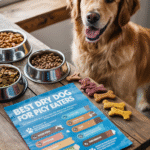
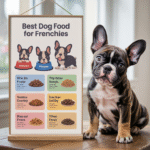
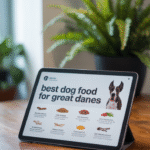
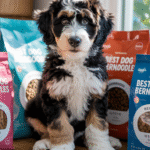
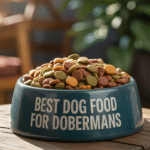


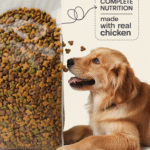
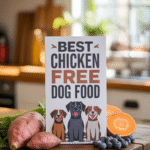

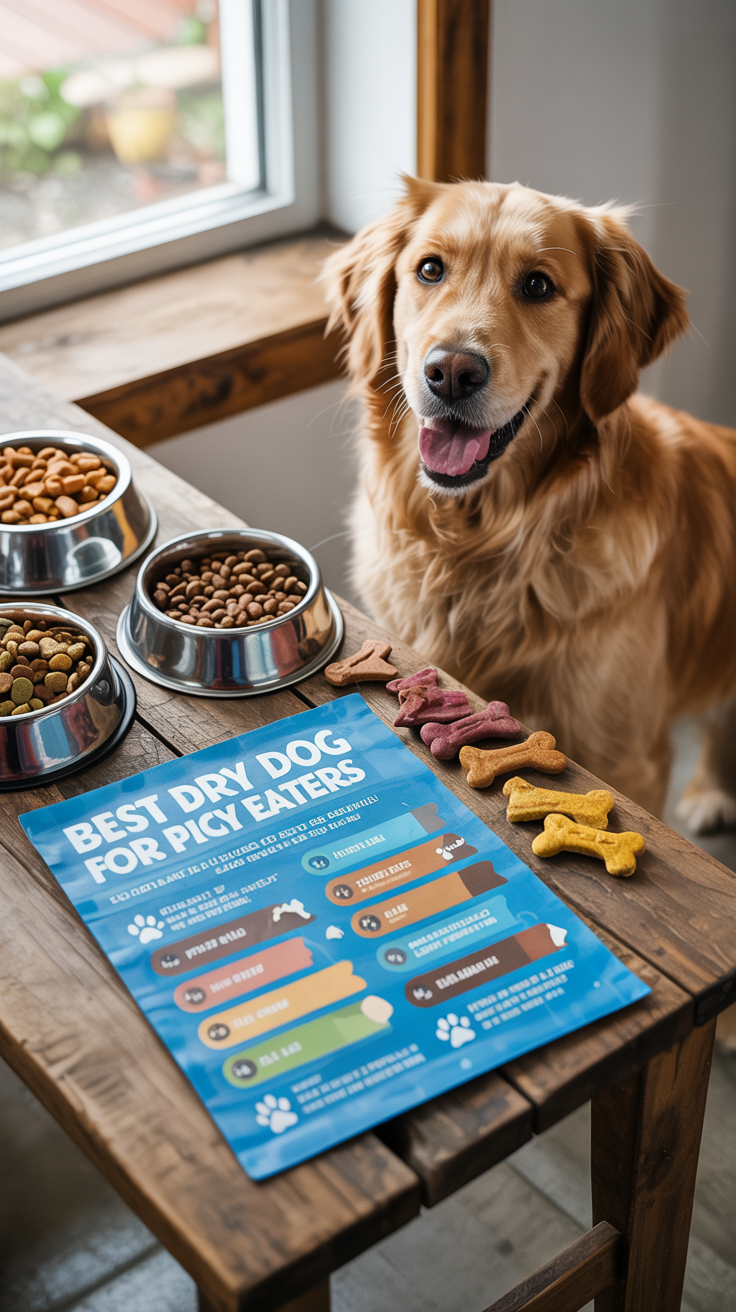
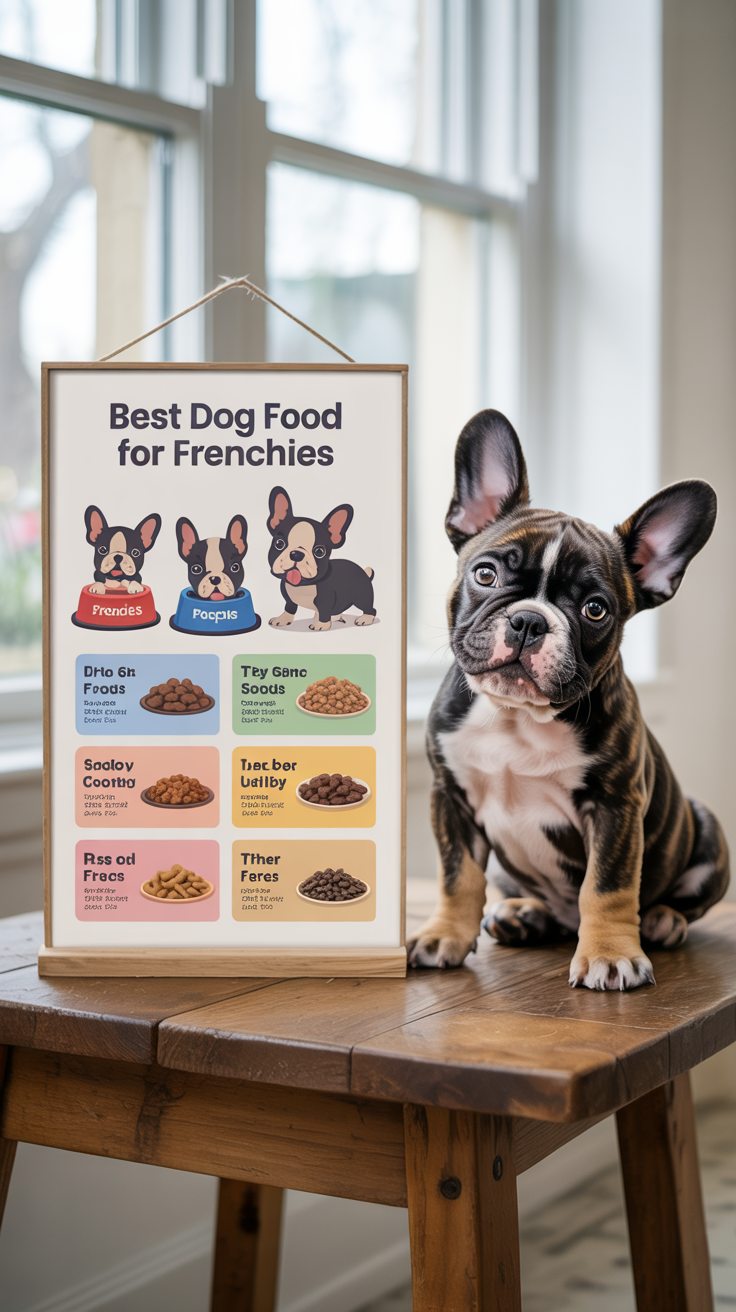
Leave a Reply